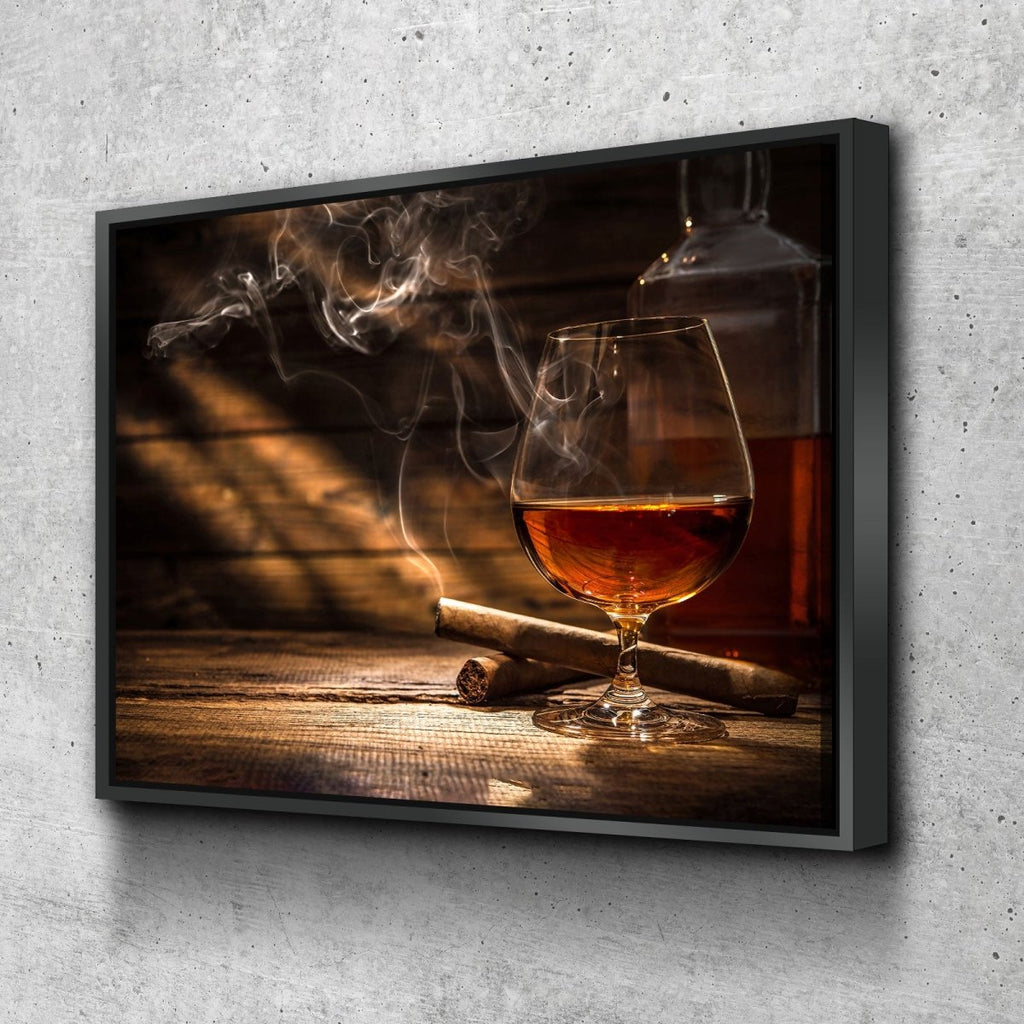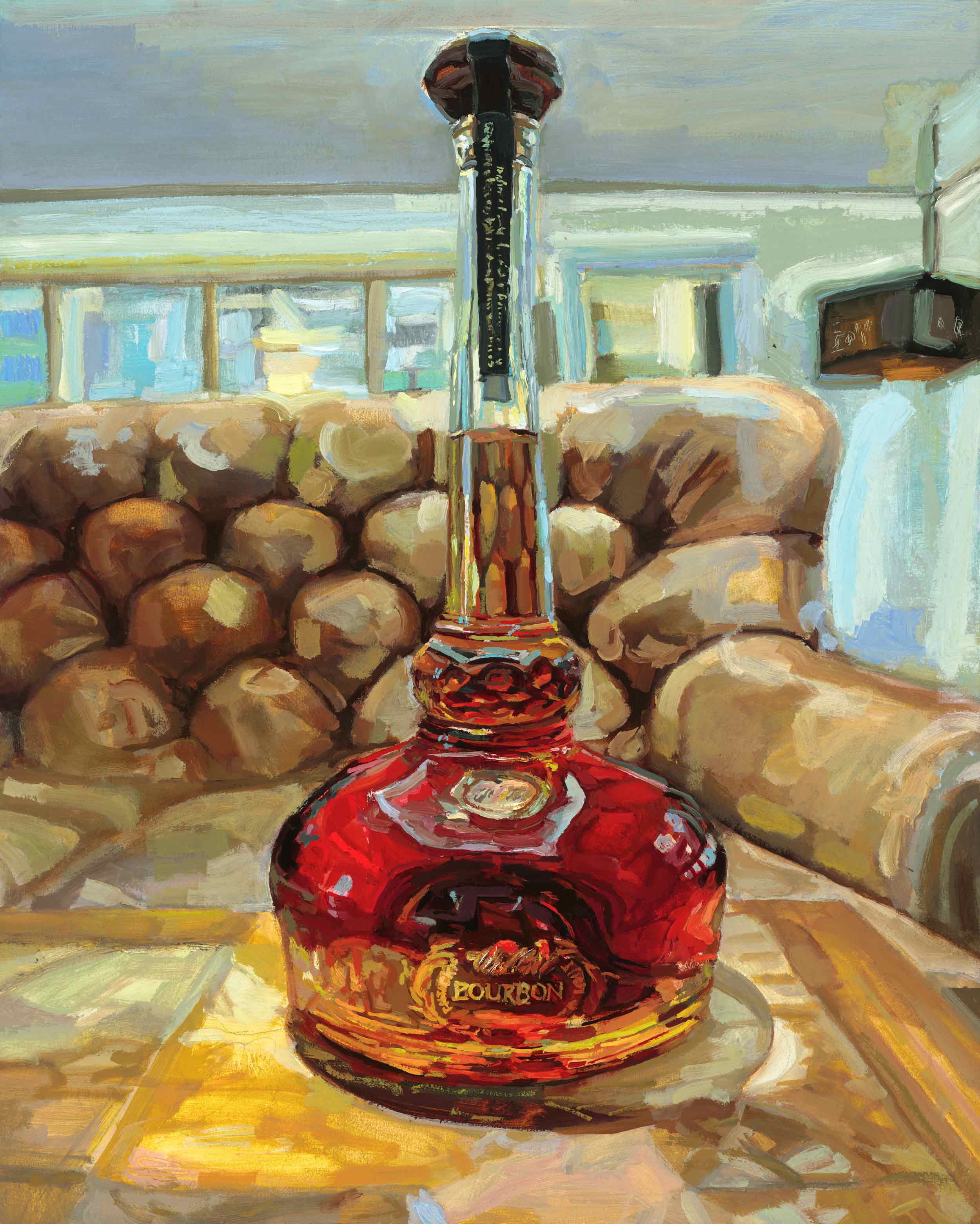Realism Art in the Whiskey Sector: Portraying Moments of Purification
The Significance of Whiskey Art in Celebrating Heritage and Workmanship in the Beverage Industry
The elaborate relationship between whiskey art and the celebration of heritage and workmanship within the drink industry can not be overstated. Via thoughtfully designed labels and bottles, whiskey brands encapsulate their historical roots and the artisanal abilities that define their production techniques.
The Historic Roots of Whiskey
At the heart of whiskey's attraction exists an abundant tapestry of historic origins that map back to ancient people. The origins of whiskey can be connected to the purification methods of the Sumerians and Babylonians around 2000 BCE, where very early kinds of fermented grain beverages started to arise. Nonetheless, it remained in the Center Ages that the art of purification evolved dramatically, particularly in Ireland and Scotland, bring about the development of scotch as we recognize it today.
The term "bourbon" itself originates from the Gaelic word "uisce beatha," meaning "water of life." This phrase highlights the social importance of whiskey in Celtic societies, where it was usually connected with routines, celebrations, and communal bonding. By the 15th century, distillation became a recognized craft within monastic communities, leading the method for the facility of legal distilleries.
As profession courses increased, whiskey's appeal grew, going beyond regional borders and recording the interest of aficionados worldwide. Realism Art. This historical journey shows not only the workmanship behind whiskey manufacturing yet likewise its important function in social and social contexts, marking it as a significant beverage throughout background
Artistic Expression in Branding
Whiskey branding stands as an engaging crossway of creativity and commerce, where aesthetic identity plays an essential function in shaping consumer assumption. The aesthetics of whiskey labels, packaging, and advertising products reflect not just the brand's tale yet additionally its core values and heritage. Via creative expression, distilleries convey a story that reverberates with consumers, stimulating feelings and sparking links.
Using color, typography, and imagery in branding serves to set apart items in a saturated market. For instance, traditional motifs may evoke a feeling of credibility and workmanship, while modern designs can signify innovation and forward-thinking. This critical imaginative instructions boosts brand recognition and commitment, allowing customers to forge an individual partnership with the scotch they pick.
In addition, creative expression in branding typically works as an event of regional heritage. Distilleries frequently incorporate local signs or historic recommendations into their layouts, creating a sense of area that invites customers to participate in a broader cultural experience. Ultimately, the artistry behind scotch branding not only enhances visual allure but also enhances the overall narrative of the brand name, fostering a deeper recognition for the craftsmanship and heritage ingrained in each container.
Craftsmanship in Container Layout
The artistry obvious in scotch branding prolongs past visual identity to incorporate the workmanship associated with bottle design. Each bottle works as a vessel not simply for the spirit within, yet additionally for the story it outlines its practice, high quality, and origin. The style procedure requires thorough attention to detail, as components such as material, form, and closure contribute significantly to the overall understanding of the bourbon.
Craftsmanship in container design entails selecting premium glass that can improve the scotch's color and clearness, while also offering a responsive experience for the customer. The silhouette of the container need to be both aesthetically attractive and practical, commonly mirroring the heritage of the brand name. Numerous distilleries choose unique forms or printed logos that evoke a sense of credibility and history.
Moreover, the tag style and typography play a crucial role in connecting the brand name's narrative. Bourbon Art. A well-crafted bottle not just mesmerizes the customer's eye but also reinforces the brand name's dedication to top quality and tradition. This way, the craftsmanship of bottle layout comes to be an important aspect of go to this site the bourbon experience, merging creativity with a profound regard for heritage
Cultural Significance of Whiskey Art
Celebrating practice and workmanship, the cultural relevance of whiskey art goes beyond plain appearances, intertwining with the social and historic stories of the regions from which it originates. Each bottle works as a canvas, illustrating the special tales, mythology, and practices that have actually formed regional whiskey-making techniques. The elaborate styles commonly show the heritage of the distillers, incorporating icons and themes that resonate with the society and values of their neighborhoods.

On top of that, bourbon art plays a vital function in common celebrations and celebrations, functioning as a concrete web link between people and their shared experiences. By appreciating the virtuosity in whiskey packaging, customers grow a much deeper understanding and regard for the craft, ultimately improving their enjoyment of the beverage itself.
Modern Trends in Whiskey Presentation
Over the last few years, the presentation of whiskey has actually evolved to mirror modern preferences and trends while still recognizing traditional workmanship - Realism Art. Distilleries are increasingly concentrating on visual components that enhance the overall drinking experience, linking the void in between heritage and modernity
Ingenious container layouts have actually emerged, typically including lasting products and imaginative labels that tell compelling stories. Numerous brands now work together with neighborhood musicians, instilling their items with one-of-a-kind aesthetic expressions that reverberate with customers. In addition, limited-edition releases are often packaged in collectible containers, adding value and appeal for connoisseurs.

Verdict
Finally, scotch art functions as an essential conduit for revealing the heritage and workmanship integral in the beverage market. With intricate branding, ingenious bottle layouts, and culturally significant creative aspects, scotch brand names properly recognize their traditions and get in touch with consumers. This creative narrative not only raises the recognition of scotch yet additionally enhances area identification and satisfaction amongst manufacturers. Inevitably, bourbon art plays an essential role in preserving and celebrating the abundant social tapestry of whiskey-making.


Workmanship in bottle design entails picking top notch glass that can improve the whiskey's shade and clearness, while also providing a responsive experience for the consumer. In this way, the workmanship check these guys out of bottle design comes to be a crucial aspect of the bourbon experience, merging artistry with an extensive respect for heritage.
In verdict, scotch art serves as an essential channel for sharing the heritage and workmanship inherent in the drink market.